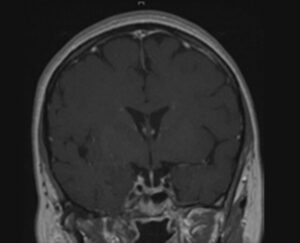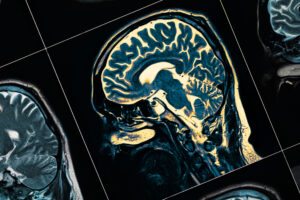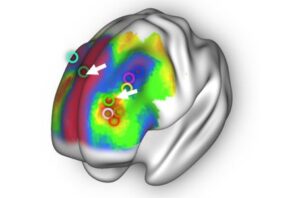Promoting Support for Anti-Amyloid Alzheimer’s Therapies
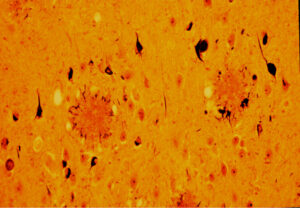
For over three decades, Dennis Selkoe, MD, co-director of the Ann Romney Center for Neurologic Diseases at Brigham and Women’s Hospital, has studied protein abnormalities that occur in Alzheimer’s disease (AD). In the mid-1980s, he and his colleagues at the Brigham were among the first scientists to discover that neurofibrillary tangles associated with AD were made of the tau protein. In the early 1990s, he was instrumental in developing the amyloid hypothesis, which links excess amyloid β (Aβ) in the brain to the initiation of AD, and his lab made several discoveries supporting the concept.
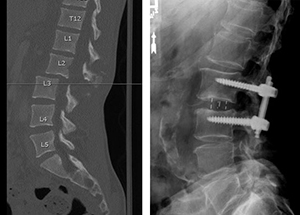
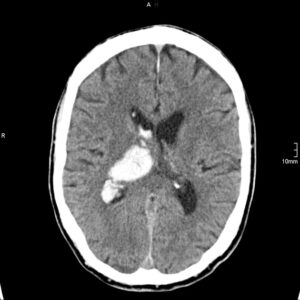

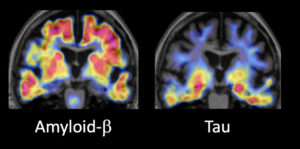 For most chronic diseases, improvements in care over the past few decades have resulted from early interventions that prevent disease progression. Brigham and Women’s Hospital investigators, along with collaborators at other institutions around the world, are applying a similar approach to the early detection and prevention of Alzheimer’s disease (AD).
For most chronic diseases, improvements in care over the past few decades have resulted from early interventions that prevent disease progression. Brigham and Women’s Hospital investigators, along with collaborators at other institutions around the world, are applying a similar approach to the early detection and prevention of Alzheimer’s disease (AD).